Castle Architecture – Where History and Design Intersect
Castles are some of the most famous sights across Europe, and they have a strong association with the medieval period. In this article, we will have a look at some of the characteristics of castle architecture in general, alongside a discussion about many of the different types of castles that developed through the ages. If you want to learn more about castle architecture, keep reading below!
A Look at Castle Architecture
What is a castle? There are various debates about what does and does not count as a castle, but there are certain aspects that have been determined to be more standard about castles and castle architecture. Terms like this do have commonly accepted definitions though, and ordinary people tend to define castles as reinforced structures that played some kind of a role in defense in ancient times. However, when it comes to the academic establishment, a castle is typically defined as a defensive structure from the Middle Ages, but the term is also applied to structures of this variety from later periods. We will examine a few of those castle structure types and what distinguishes them.
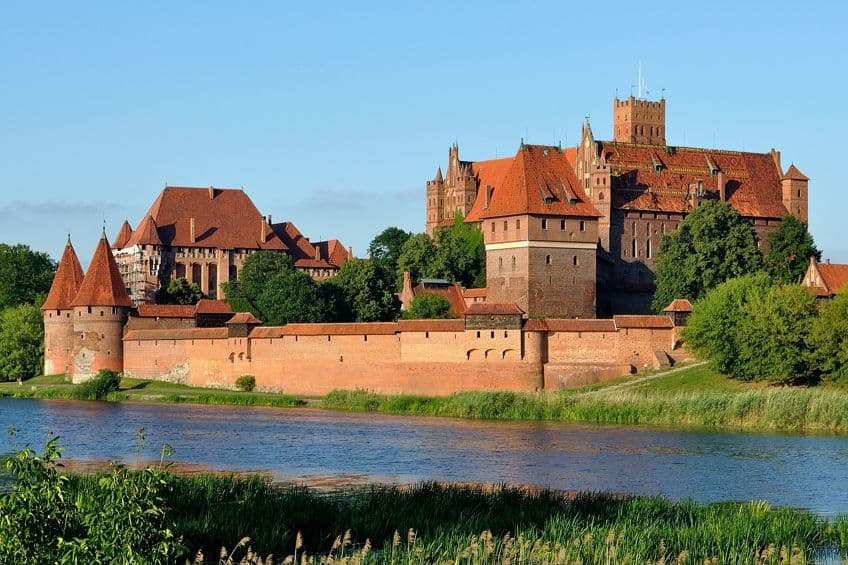
They have been important structures over the course of human history for both defensive and prestigious reasons, and they adapted to the changing nature of technology and human capabilities as they were created. So, let’s have a look at a few different types of castles from some of their earliest origins to the near-present of human history and some of their characteristics.
Characteristics of Castle Architecture
Castles are known for being defensive structures. That is one of their defining characteristics, but nothing is just defensive. It has to be made that way through very deliberate means. Let’s have a look at some of those very deliberate means.
Curtain Walls and Moats
Walls are one of the defining characteristics of a castle, and the most common of these were curtain walls. A curtain wall is a wall that surrounds a bailey. These walls would be used for centuries, and they would often be up to 3 m thick and 12 m tall. There were many differences between different types in different locations, but castle architecture is generally known for its walls.

Another integral aspect of castle architecture is the use of moats. These are ditches that surround a castle and are typically filled with water. The idea is that no one would be able to easily approach the walls if there was something stopping ground troops from nearing them. Moats allowed castles to have a single entryway that could be far more easily defended.
Towers and Battlements
Walls in castles were typically comprised of battlements. These are parts of a castle wall or components of a gatehouse that allowed the occupants of the castle to fight back against their attackers. These existed alongside the towers that allowed for a higher vantage point against attackers so that the structure could be better defended.
These two forms of defense operated together to aid in the overall protection of the structure.
Great Halls and Private Quarters
Castles were not just walls but were instead made up of structures within them. There were generally great halls within the castle that would be used for guests of the castle’s lord. These great halls would often be far more elaborately decorated than the defensive exterior of the building, and this allowed castles to serve as both residences and fortifications.

The opposite is true of private quarters in many ways because while there was generally a lord of the castle, there needed to be a place for the servants and soldiers who maintained and defended the castle. Castles needed to accommodate a town’s worth of people within their walls, and so private quarters were a very necessary sight within these structures.
Early Castles (9th – 11th Centuries)
Some of the earliest castles were developed in the 9th century during the Carolingian Empire. This civilization developed several aspects of castle architecture that would go on to influence practically all of our subsequent understandings of castles in general.
They worked with the oldest technology yet they built medieval castles, structures that could withstand assaults, and structures that are sometimes still standing to this day.
Motte-and-Bailey Castles
Some of the earliest medieval castles were the motte-and-bailey castles. These castles are, quite understandably, made up of mottes and baileys. The name wasn’t intended to be particularly complicated. So, what are those two terms? Well, a motte is a type of mound structure like an artificial hill that is then complete with a wooden or stone structure on top. A bailey, on the other hand, is a fortified enclosure of some sort that is built beside the motte. This term, as it has come to be known, is a more modern invention. The type of structure is ancient though.
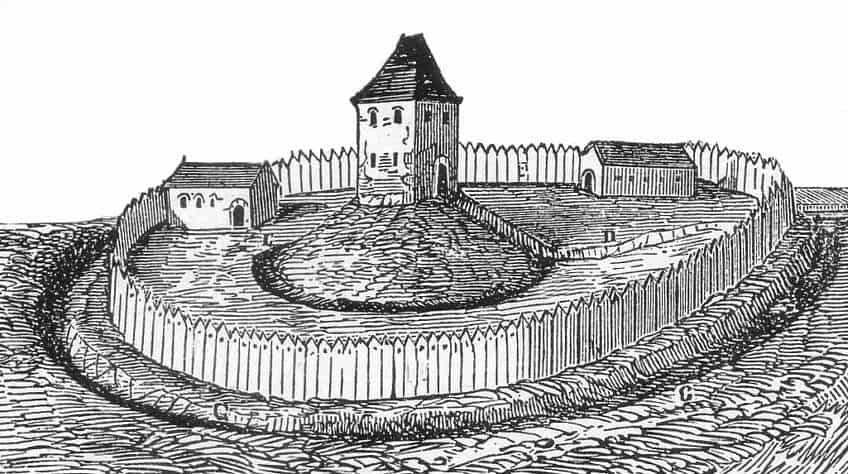
This form of castle architecture was relatively easy to construct as it could be made using unskilled labor that did not require the kind of rigorous masonry that would come with many later forms of castle architecture. So, these medieval castles quickly spread throughout parts of Europe and could be found in places like Normandy and throughout the Holy Roman Empire.
Wooden Castles
Wooden castles are, quite simply, wooden versions of castles. We tend to think of stone as being the most common material used for medieval castles, structures like this needed to be highly defensive, after all, but some of the earliest forms were made of wood. Wood was an easily acquired and applied material that could be used for all manner of building.
While it is not as capable from a defensive perspective, it certainly did provide some measure of fortification from enemies in ancient times.
Stone Castles
While wooden castles did exist, stone castles have become the most common form. Whenever the question “What is a castle?” is asked, you’ll likely receive an explanation that involves tall stone walls that protect an inner stone structure while the walls are supplemented with defensive capabilities like arrow slits for defenders to shoot at any would-be attackers.
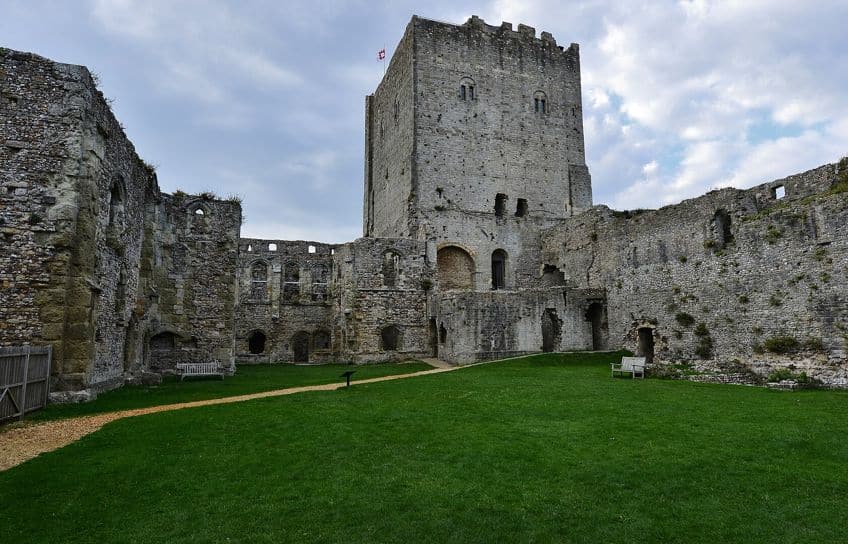
These structures were the beginnings of the far tougher form of a defensive structure that could withstand a siege and protect the occupants from as much harm as possible. The earliest wooden forms also didn’t last all that long as wood tends to more easily crumble away. Many of these stone castles allowed for new developments that would last for centuries.
High Middle Ages Castles (11th – 13th Centuries)
As the medieval period progressed, new developments started to take place, and with those new technological developments, so came new iterations of castle architecture. The development of new forms rapidly spread across Europe as improved types of castles could be constructed that would last generations.
Concentric Castles
Concentric castles are some of the most famous types of castles to have ever been constructed. The general layout of one of these castles entails the use of two or more surrounding walls, known as curtain walls, and they would form concentric circles around a central structure. So, there would be an outer wall, which protected an inner courtyard, and then an inner wall (or multiple inner walls) to add further defensive capabilities and slow any enemies down as much as possible.

From the outside, concentric castles can look like castles within castles as the walls protect inner walls and structures. This form of castle architecture is also often constructed without a central keep, and there is usually instead a strong tower within the main structure.
Keep Castles
Keep castles were a little bit different from concentric castles as a keep is a free-standing tower that is built in the middle of a castle structure. These keeps are generally far wider than we typically consider a tower to be, but they allow for these structures to be used as far more than only defensive positions. Instead, a keep could often be used as a residence. Sometimes, these residences would house certain important people, but they could also serve as a final defensive position against invaders of any variety. These castles have become some of the most recognizable, and they quickly spread throughout the continent as incredibly important defensive castles.
Some of the earliest forms were also made of wood, but it was the stone keeps that really withstood the test of time.
Fortified Castles and Other Structures
In castle architecture terms, all castles are fortified structures. However, the development of these kinds of fortified buildings started to influence other buildings. There were various structures constructed during the Middle Ages that needed to be fortified in some sense. Regular people didn’t need as much protection, but fortifications allowed those with more power and authority to possess their own pseudo-castle structures to keep themselves safe. So, castles are typically defined in one way, but the general use of castle architecture went on to influence non-castle structures.
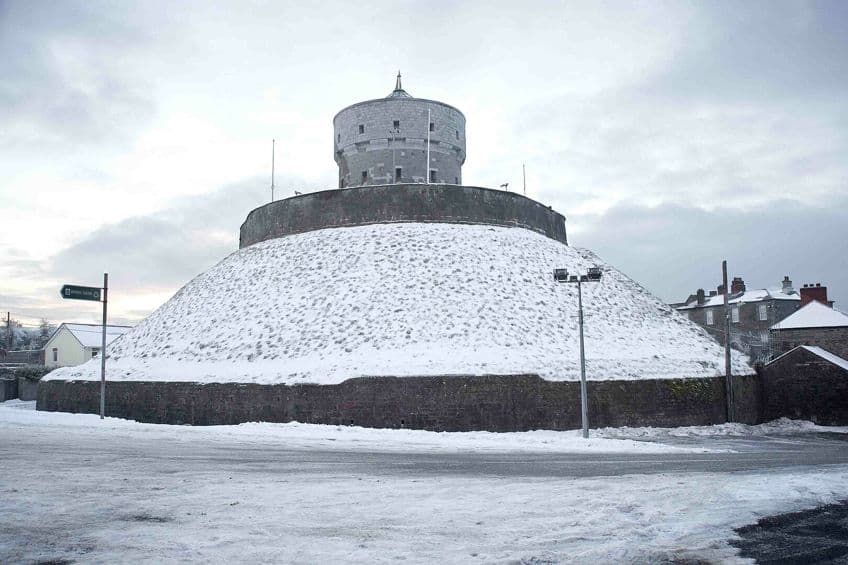
Late Middle Ages Castles (14th – 15th Centuries)
The Middle Ages would eventually lead to the development of newer forms of castle and this would especially change with the growth of the Renaissance around Europe. While castles no longer had the exact functions they once possessed, they certainly did manage to adapt to the changing needs of those who wanted to construct them.
Gothic Castles
Gothic architecture is best known for cathedrals, and it is a style marked by high structures, pointed arches, and the use of flying buttresses, but this style has been used for castles too. Gothic castles have actually become some of the most famous forms because of their aesthetic that has, in more recent centuries, been deemed “spooky”. These castles thrived during the Gothic period and while they may not be as common as the more standard castles, they certainly have remained as persistent symbols of a bygone era.
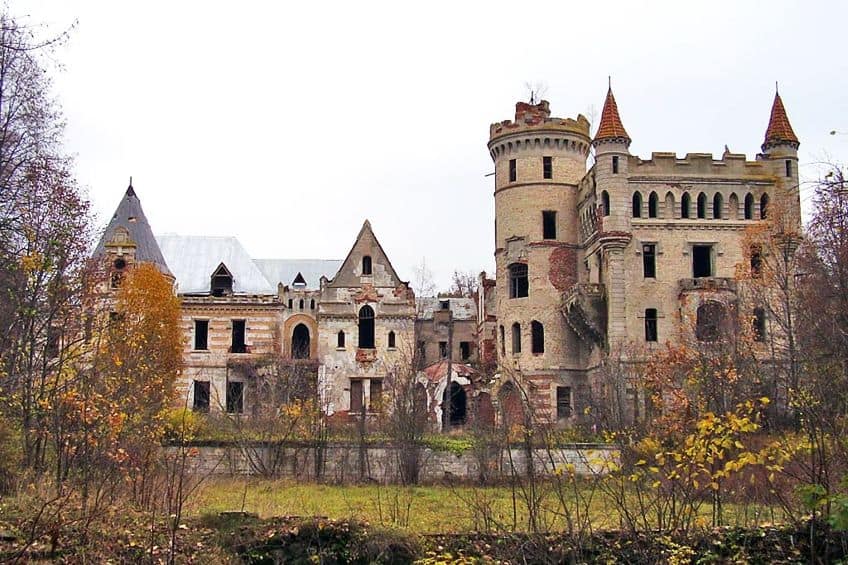
Renaissance Castles
The Renaissance was one of the earliest periods in which Classical forms of architecture, as descended from the Ancient Greeks and Romans, were placed at the forefront of architecture in general. Castle architecture was also pulled into this new form. Some of the most common attributes of Renaissance castles are indicative of Renaissance architecture in general. Renaissance architecture made use of classical orders, newly constructed columns and pilasters, vaults, and domes. Renaissance castles took on some of these new iterations of old ideas and produced far more beautiful castles than had existed in previous centuries. These castles do not look like what we typically consider to be castles, but they were technically constructed for defensive purposes.
They also wanted them to be beautiful though, so symmetrical and proportional castles became far more prevalent during this period.
Fortress Castles
A fortress is any kind of military stronghold, and it can even refer to a specially fortified town that lies within large city walls. Defensive walls have been a necessary component of early human life because of their existence as a means to defend against potential attackers. So, castles generally always doubled as fortresses, but some forms would come later that may not entirely conform to that reality.

Modern Castles (16th – 19th Centuries)
The earliest origins of the modern era would lead to some changes in castle architecture. The oldest defensive capabilities of these structures were still necessary, but they had become less necessary than they had been in the past.
In addition, castles started to be used for a few other purposes along the way.
Palace Castles
Palaces and castles are generally defined as entirely separate from one another as a castle is a defensive structure while a palace is a residence for a royal or aristocratic individual/family. However, many palaces were constructed using concepts taken from castle architecture in general. The inhabitants of palaces wanted to be defended, and while the interiors of these structures were often lavish, the exteriors needed to reflect a dedication to protecting that which was within. So, palaces emulated castles to ensure that all knew that what was within would be protected at all costs.
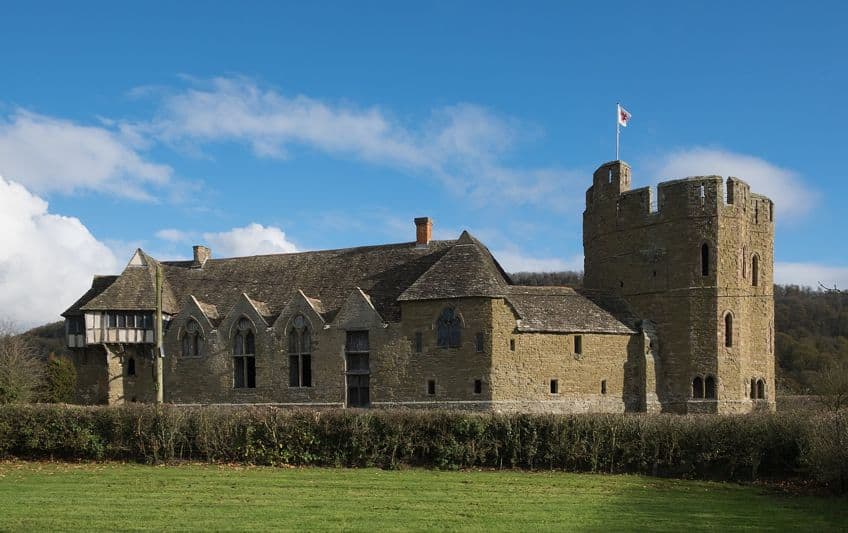
Revival Castles
There have been many forms of revival architecture, and while castles started to lose some of their strategic value, they became more and more desirable as symbols than as actual defensive structures. Gothic Revival architecture was especially prevalent in some of these attempts at castle revivals. The medieval castle structure of old was gone but the aesthetic had decided to stay.
This was especially prevalent in the 19th century.
19th Century Castles
It was no longer necessary to use castles to defend people, but castles are also often gorgeous structures. This meant that castles were soon constructed for reasons other than defense. One of the most famous instances of this was Neuschwanstein Castle in Germany, an utterly gorgeous structure made to look like something out of a fairy tale. It was never meant to be a defensive structure, but it copied many of the styles associated with castle architecture.
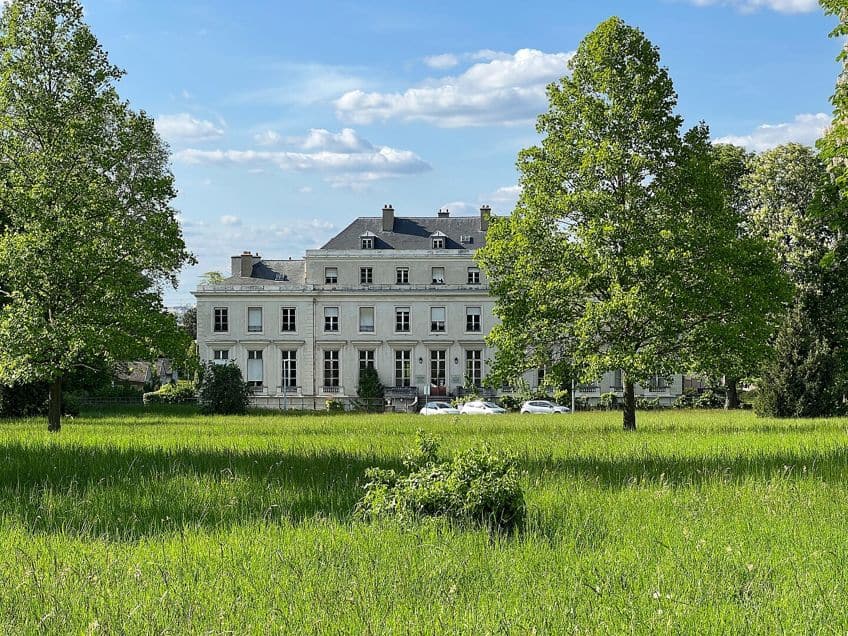
The Significance of Castle Architecture
In the contemporary era, castles have no defensive purpose any longer. Castles do not serve as protection from modern aspects of warfare, so castles are mostly relics of an ancient age. However, they have withstood the test of time as some of the most famous pieces of architecture in the world. They can also often be found throughout the world, although they are most commonly associated with medieval Europe.

Castles aided as defensive positions for centuries, and so castle architecture has withstood through the centuries too. There are still sometimes structures that are developed using the kinds of methods that were once used in castles, and so these ancient buildings are some of the oldest, best-preserved, and most influential structures to have ever been constructed.
Castle architecture developed significantly over the centuries, and castles have remained some of the most enduring symbols of Europe. While most castles are associated with the medieval period, there are castle structures that have developed in later centuries too. We looked at much of that history in brief and so, hopefully, you’ve learned a few things along the way. All that’s left is to now wish you a great day/week/month ahead!
Frequently Asked Questions
What Is a Castle?
A castle is, technically, a medieval defensive structure. Or, at least, this is how the term is defined by many scholars. In common usage, a castle is generally any building that is constructed using fortifications of some kind and is intended to protect the occupants from the dangers of combat.
What Are the Main Castle Architecture Characteristics?
Castles are generally defined as defensive structures and are typically constructed from hardy materials like stone. They have high walls and there are many parts of a castle wall that include battlements. These walls and battlements usually protect some central structure, like a keep.
Are There Castles in Other Continents?
We typically define what we see as the standard castle along European lines, but there have been defensive structures used throughout human history in various locations. Many structures are even called castles, yet have no connection to Europe at all, such as the many castles that can be found in Japan.
Justin van Huyssteen is a writer, academic, and educator from Cape Town, South Africa. He holds a master’s degree in Theory of Literature. His primary focus in this field is the analysis of artistic objects through a number of theoretical lenses. His predominant theoretical areas of interest include narratology and critical theory in general, with a particular focus on animal studies. Other than academia, he is a novelist, game reviewer, and freelance writer. Justin’s preferred architectural movements include the more modern and postmodern types of architecture, such as Bauhaus, Art Nouveau, Art Deco, Brutalist, and Futurist varieties like sustainable architecture. Justin is working for artfilemagazine as an author and content writer since 2022. He is responsible for all blog posts about architecture.
Learn more about Justin van Huyssteen and about us.
Cite this Article
Justin, van Huyssteen, “Castle Architecture – Where History and Design Intersect.” artfilemagazine – Your Online Art Source. November 3, 2023. URL: https://artfilemagazine.com/castle-architecture/
van Huyssteen, J. (2023, 3 November). Castle Architecture – Where History and Design Intersect. artfilemagazine – Your Online Art Source. https://artfilemagazine.com/castle-architecture/
van Huyssteen, Justin. “Castle Architecture – Where History and Design Intersect.” artfilemagazine – Your Online Art Source, November 3, 2023. https://artfilemagazine.com/castle-architecture/.



